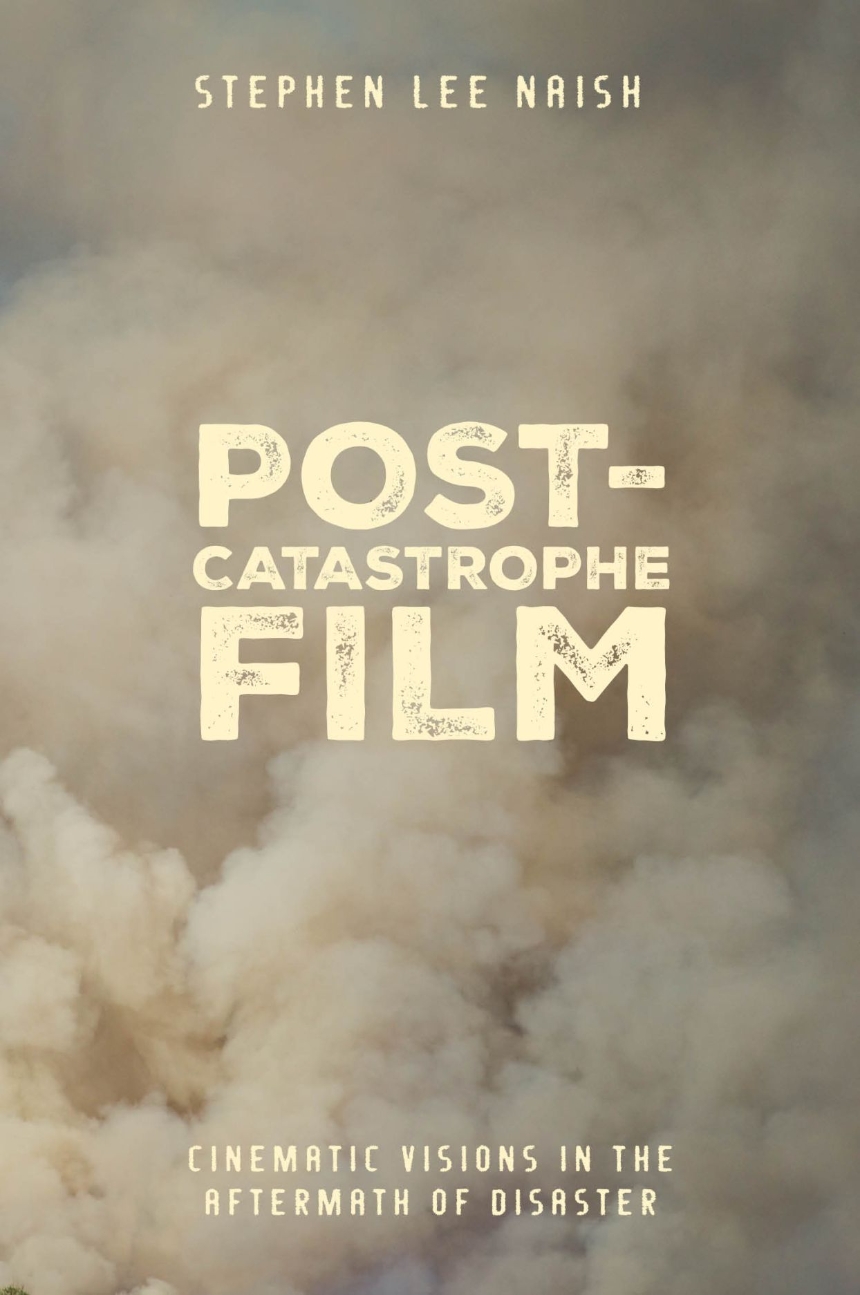9781835952917
9781835952832
Introduces a new subgenre of film that reveals how film can teach us to reimagine and survive our unsettled age.
Focusing on the fragile, immediate aftermath of global events, before any new social order or rules for living have formed, Stephen Lee Naish’s latest book introduces an emerging subgenre: post-catastrophe film. Positioned between disaster movies, which depict humanity facing large-scale collapse, and post-apocalyptic films, where new societies and rules have already taken hold, this subgenre captures a unique threshold of survival amid change. Through lively case studies of selected popular films, Naish not only offers close readings of cinematic narratives but also explores deeper themes that emerge in the aftermath of disaster, including the role of artificial intelligence and cyborgs, cosmic survival and colonization, and the tensions between individual isolation and life with others. Ultimately, Naish shows how post-catastrophe films speak to our present reality.
In an age shaped by pandemics, climate crisis, and the uncertainties of postmodernity, cinema persists as a resilient mythmaking machine—mapping scenarios of global destruction while offering anxious viewers ways to envision alternative modes of being before a true “post-catastrophe era” arrives. Written in an engaging style and grounded in accessible examples from popular films, this book appeals to scholars, film enthusiasts, and anyone seeking to better understand our uncertain times.
Focusing on the fragile, immediate aftermath of global events, before any new social order or rules for living have formed, Stephen Lee Naish’s latest book introduces an emerging subgenre: post-catastrophe film. Positioned between disaster movies, which depict humanity facing large-scale collapse, and post-apocalyptic films, where new societies and rules have already taken hold, this subgenre captures a unique threshold of survival amid change. Through lively case studies of selected popular films, Naish not only offers close readings of cinematic narratives but also explores deeper themes that emerge in the aftermath of disaster, including the role of artificial intelligence and cyborgs, cosmic survival and colonization, and the tensions between individual isolation and life with others. Ultimately, Naish shows how post-catastrophe films speak to our present reality.
In an age shaped by pandemics, climate crisis, and the uncertainties of postmodernity, cinema persists as a resilient mythmaking machine—mapping scenarios of global destruction while offering anxious viewers ways to envision alternative modes of being before a true “post-catastrophe era” arrives. Written in an engaging style and grounded in accessible examples from popular films, this book appeals to scholars, film enthusiasts, and anyone seeking to better understand our uncertain times.
Reviews
Table of Contents
List of Figures
Acknowledgments
Prelude
Introduction: The Slow-Motion Catastrophe
- A Primer to Understanding Post-Catastrophe Films
- Small Screen Apocalypse: Examples of Post-Catastrophe Films
- Does Technology Envision Our Annihilation? The Role of Artificial Intelligence, Simulated Dreamworlds, and Augmented Robots, and Cyborgs in Post-Catastrophe Narratives
- Cosmic Post-Catastrophe: Escaping our Planet and Colonizing Others
- The Optimistic Apocalypse: Star Trek as Post-Catastrophe Narrative
- A Sense of an Ending: Envisioning the Absolute Destruction of Everything
- The Lonely Planet: On Being the Last Person on Earth
- Being Normal in the Marvel Cinematic Universe: Living Among Gods, Monsters, and Superheroes
Conclusion
Why Post-Catastrophe Narratives Matter
Notes
Index

